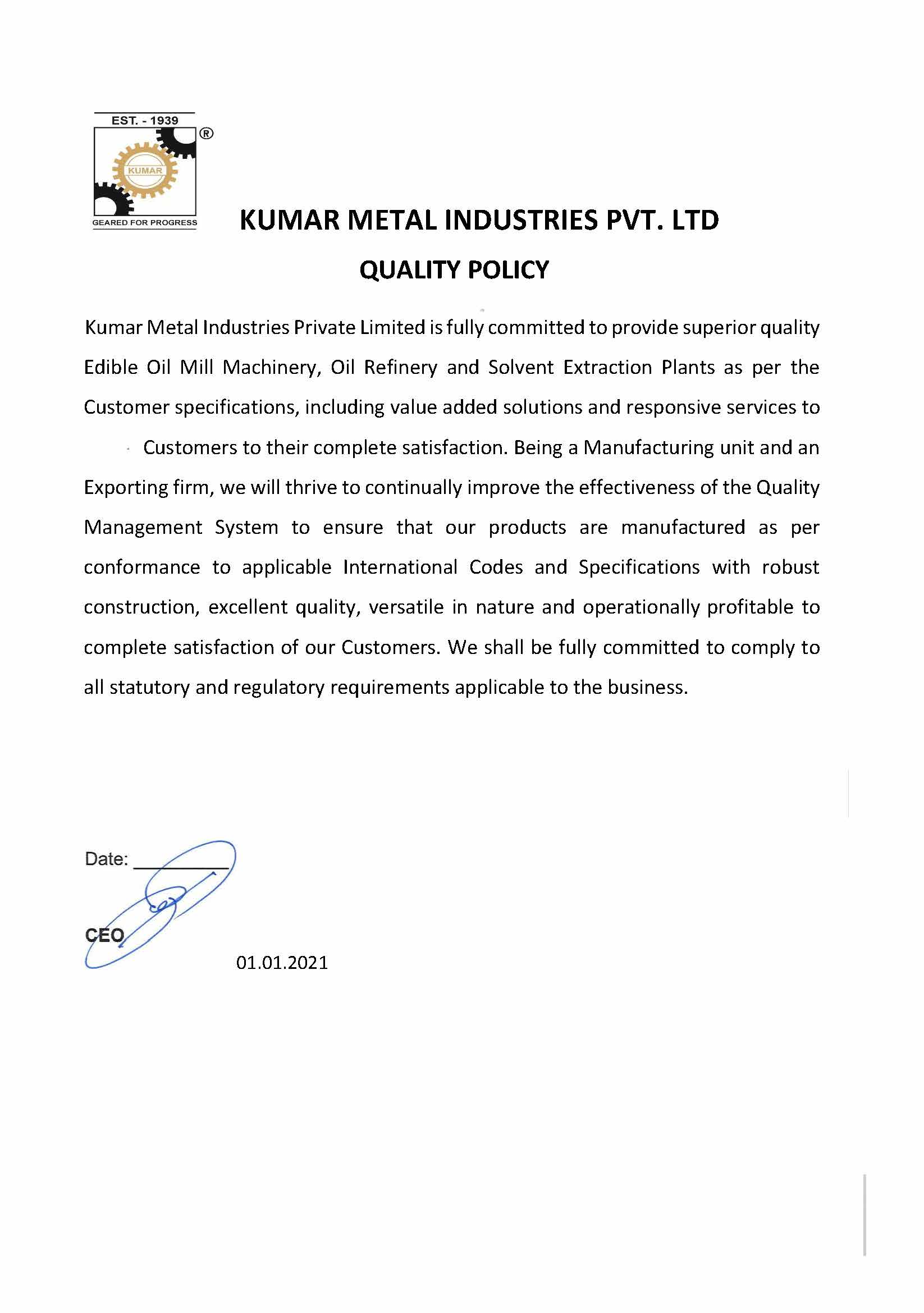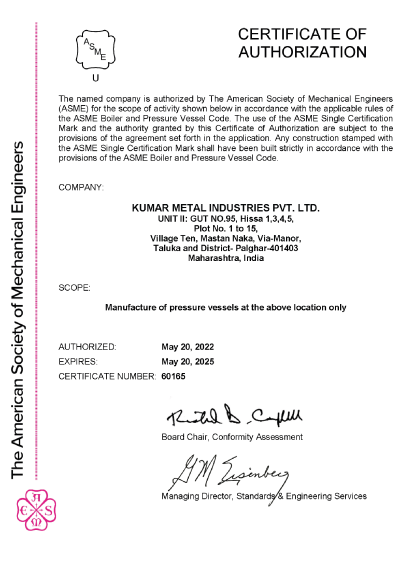
Humans have been extracting oils from oleaginous seeds, kernels, nuts, or fruit pulps for centuries now. Of course, extraction methods have evolved greatly over time. While a little over a century ago, mechanical extraction was the mainstay of edible oil extraction, the solvent extraction method reigns supreme today. The solvent extraction process is certainly more efficient and cost-effective than mechanical extraction. Still, researchers have been on an ongoing quest to enhance edible oil extraction and optimise the process.
Optimising solvent extraction of oil may be focused on improving extraction yields, but that’s not always the case. As its name suggests, the solvent extraction of oil ordinarily requires the use of large amounts of solvents, like hexane, water, ethanol etc. So some innovations to optimise the solvent extraction process have also resulted in ways to make edible oil extraction more environment-friendly. The strategies and techniques you use to optimise your edible oil yields will depend on your priorities, the oil-bearing materials in question, and the extraction method you are using.
Why optimise your solvent extraction process?
The solvent extraction method is central to the oilseed processing process, so it is the point where you have the greatest scope to intervene and enhance the quality of your final product.
The oil content in the plant-based oil-bearing material you choose can vary between 3% and 70% of the raw material’s total weight. How you extract the oil will determine not just the quantity but also the quality of oil that you obtain. By optimising the process, you can enhance yield and also save time and energy in terms of heat, ultimately resulting in overall cost reductions.
Most importantly, oil is not the only valuable product generated from the process of solvent extraction. Even the meal or cake can be of great commercial value if you handle and process it appropriately. Therefore, your interventions for optimisation should extend beyond oil yield to all the value-added products generated as by-products of oil extraction. This can help you and your oil processing plant to add to your revenue while also adding value to allied industries, the environment, and the economy at large.
Determining the ideal optimisation methods for your solvent extraction process
So you’re ready to dive into the optimisation process but don’t know where to start?
You need first to consider the initial oil content of your oil-bearing material – this will determine which processing and extraction methods you will need to employ. The rest of your decisions will involve matching the characteristics of your oilseeds (or nuts, fruit, or kernels) with the specifications of the process. For instance, if you want to enhance the solvent extraction method using the enzyme-assisted extraction process (more on this later), you would first have to understand the structure of your oilseed, the composition of the various enzymes available, experimental conditions, and other characteristics
You should also keep in mind the kind of final product you want. Is quantity the most important thing to you? Or is it quality? And if it’s quality, do you want to prioritise free fatty acid (FFA content), moisture content, colour, saponification, some other property, or a combination of these? Answering these questions is a good first step to ensuring you approach the extraction process with some amount of clarity.
Optimising the solvent extraction method
Oilseed preparation
Optimising edible oil extraction begins much before the actual extraction process. Whether you are working with sunflower seeds, soybean, palm kernel, or sesame, you will likely need to rely on seed cleaning and grinding irrespective of what extraction method you choose subsequently. This helps to achieve high oil yields in the subsequent steps of processing.
Further, depending on the oilseed in question, preparatory steps to improve final oil yield might include cracking, cooking, flaking, expanding, and/or cooling. You can choose between full or partial dehulling of the seeds based on protein requirements.
Mechanical extraction
Often, the solvent extraction process is preceded by mechanical extraction to achieve a higher quality of oil, especially when the oil-bearing material has a relatively high oil content. This means that there are opportunities to streamline the process and influence the oil yield here as well. Depending on the oil-bearing material used, you can configure your mechanical extraction machine (also called an expeller press) to enhance oil yield. In fact, combining the solvent extraction process with mechanical extraction itself is a way to optimise oil yield. These benefits are in the form of cost, oil quality (a factor of water content, acid value, phosphorus content, and more), and applications for the cake arising from the process.
Mechanical extraction involves using either a hydraulic press or screw press, the latter of which is advantageous due to a slight increase in oil yield and adaptability to continuous processing. Studies have also shown the effects of temperature, rotational screw speed, compression pressure, and duration of applied force on yield.
Solvent extraction of oil
Compared to mechanical extraction, solvent extraction is already a fairly efficient method – it has an oil recovery rate of roughly 90 to 98%. Primarily, the success of the conventional solvent extraction method depends on the solvent’s ability to enter the seed and dissolve oils so that they can be separated from the solid components of the seed. But the quality of extracted oil and the remaining meal also depends on your choice of reaction temperature and oilseed preparation methods, in addition to the type of solvent, which is why it is important to control and monitor these factors.
Nonetheless, the conventional process of solvent extraction does have some drawbacks, namely high energy, investment, and environmental costs – the last one due to the hazardous nature of the most commonly used solvent, hexane. Some of these concerns can be addressed, and the overall process optimised, by reusing the same hexane in multiple rounds of extraction after separating it from the miscella and the meal.
The future of the solvent extraction of oil
Conventional solvent extraction is far from the end of the evolution of oil processing. The process of solvent extraction can be further enhanced with new and specialty techniques which use renewable feedstock, less hazardous chemicals for synthesis, and generate lower emissions.
Enzyme-assisted extraction uses enzymes to digest plant cell walls, eliminating a barrier to the extraction of its components. This improves the diffusion of the oil into the extraction medium, even at low temperatures.
Ultrasound-assisted extraction involves the formation and subsequent collapse of bubbles which instigate disruption of the matrix of the oil-bearing material. This facilitates the release of extractable compounds and helps the solvent move into the oil-bearing material more easily. Not only is this method very efficient, but it is also time-saving.
Microwave-assisted extraction involves denaturing the protein material by rapid heating and biological cell structure destruction. Employing this process means that very small amounts of solvent are needed while the quality of oil extracted is very high. Microwave-assisted extraction is not suitable for extracting all types of oils and fats, especially not polyunsaturated fatty acids (PUFAs) which are very susceptible to oxidation. However, the process does show significant benefits, like reduced time and solvent quantity, when used for shea butter extraction.
Finally, supercritical fluid extraction entails heating the solvent above its critical point and at high pressures above 1100 psi. Its most important benefit is that it circumvents the coextraction of impurities. Further, simple depressurisation can be used to separate the solvent from the extracted crude oil.
Ultimately, the process of solvent extraction is one component of a much larger, interconnected ecosystem in the oils and fats processing industry. Optimising oil yields for quantity and quality begins much before the specific solvent extraction process and continues even after.
Source: "Optimisation Methods for the Extraction of Vegetable Oils: A Review," Processes
Request a callback
Since 1939, Kumar has been delivering dependable process engineering solutions to the oils and fats industry. We're known for our robustly engineered, versatile, and operationally profitable plant and machinery. It's why customers all over the world depend on us to solve their processing challenges, big or small. If you'd like to know more about our solutions, please fill out the form below:
"*" indicates required fields



















